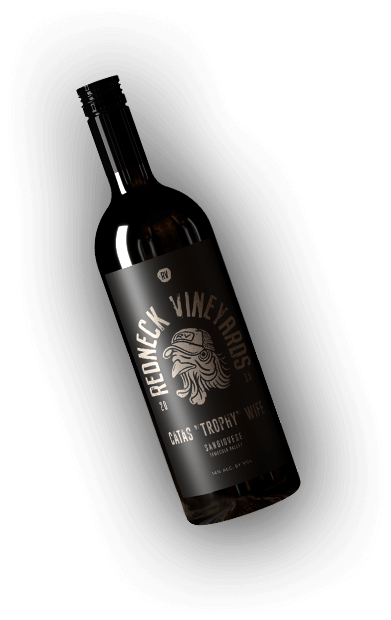Wine, Wine Pairing, Wine Tasting
Reading a wine label
Every time you want to buy wine, you are presented with a huge amount of information. Wine labels are packed with clues about the liquid contained within the bottle, but where do you start with decoding it? Read on to find our guide to understanding wine labels and finding the information you need to pick a beverage that is perfect for you. This knowledge can be particularly helpful if you are buying wine online.
What Information Is Included on My Wine Label?
In the U.S., wine labeling is governed by the Alcohol and Tobacco Tax and Trade Bureau of the U.S. Treasury Department. Some states also have their own set of regulations for what producers must put on the label. Other pieces of information about the wine are optional and can be put on the label at the discretion of the winemaker.
Every wine bottle looks different on the shelf, but they usually contain similar categories of information on them. By understanding the details they have given you, it will be easy to identify which wines will suit your palate, match with your food, or please your guests!
Name of the Producer
The brand or business name of the winery.
Grape Varietal
What type of grape the wine is made with. Knowing the variety of grape or grapes that have been used to make it is your best clue about the flavors and aromas you can expect. The best way to learn which grape varietals you like the best is to try a few! Some wines are made using just one type of grape. They are known as single varietals. Others are made using a mix of different grapes, called blends. As you become a more experienced taster, you will begin to get a feel for the flavor profiles of different grapes and which ones appeal the most to your palate.
Romantic Name
While many wines are simply named after the type of grape they are made from, some wines will have a fanciful name. This is usually a branding exercise to help distinguish the wines in one producer’s portfolio. They might be named for the vineyard where the grapes were grown, a local landmark or even be named after the winemaker’s kids! This part of the label will help you to find the wine again in the future, but doesn’t tell you anything about the taste!
Year
If a wine has a year marked on the label, that is referred to as the vintage. The vintage is the year that the grapes were picked. Since legislation changed in 2006, this means that 85% of more of the wine in the bottle has come from the year stated.
Most wines are made to be drunk young (within 2-3 years for white wines and within about 5 years for red wines), but some wines can age for much longer. White wines are usually released for sale within a year of harvest, while red wines may take a little longer to reach the market as they can take longer to make. However, some wines are also matured before they are bottled, so don’t be surprised to see slightly older vintages hitting the shelves for the first time. Younger wines tend to have the freshest fruit flavors, while older wines have more tertiary characteristics; the fruit can taste dried, and smoky, gamey aromas can arise.
Region
Where exactly the grapes made to make the wine were grown. This can tell you more about the sort of terrain and climate where the grapes were grown, which will help you to understand what you might expect the wine to taste like.
Alcohol Level
How much alcohol is contained within the wine is shown as a percentage. This figure is the Alcohol By Volume, known as ABV.
Volume
How much wine the bottle contains. Typically, wine bottles contain 70cl (700ml) of liquid. However, bottle sizes can vary. Very sweet dessert wines are often presented in half bottles with a volume of 37.5cl. A larger bottle that contains twice the volume of wine as a standard bottle is known as a magnum.
Back Label
Most of the details listed above will be on the front label. On the back, you can usually expect to find a lot more text. Producers can use the back label to give the consumer all kinds of details about their wine. They might give you a tasting note, or make a suggestion about what foods this particular wine will pair well with. They could also give you information about appropriate serving temperatures and storage. There will also be a mandatory government warning in relation to health and a statement that the wine contains sulfites.
Sulfites
Sulfites occur naturally in fermented grape juice, but they can also be added artificially. Sulfur dioxide is added to wine to act as a preservative. It is a legal requirement to add ‘contains sulfites’ to a wine label if it contains more than 10 parts per million (80 PPM), but this amount is so low that virtually all wines will have this notice, whether or not sulfur dioxide was added. Some people have a sulfite allergy, but it is relatively rare, so for most consumers, this note is pretty irrelevant. Wines usually have around 80 PPM, while french fries are likely to have a sulfite level of approximately 1900 PPM!
Now you are armed with all the information that you need to understand any wine label, you will want to try Sweet Oaks wine and take a look at how these details look in real life!



